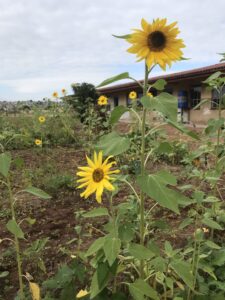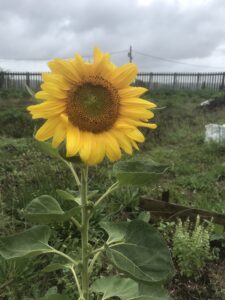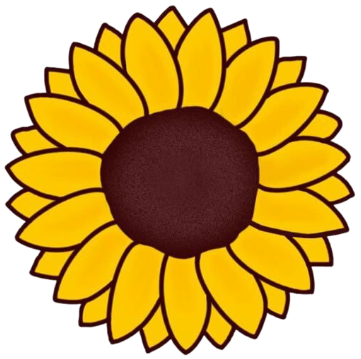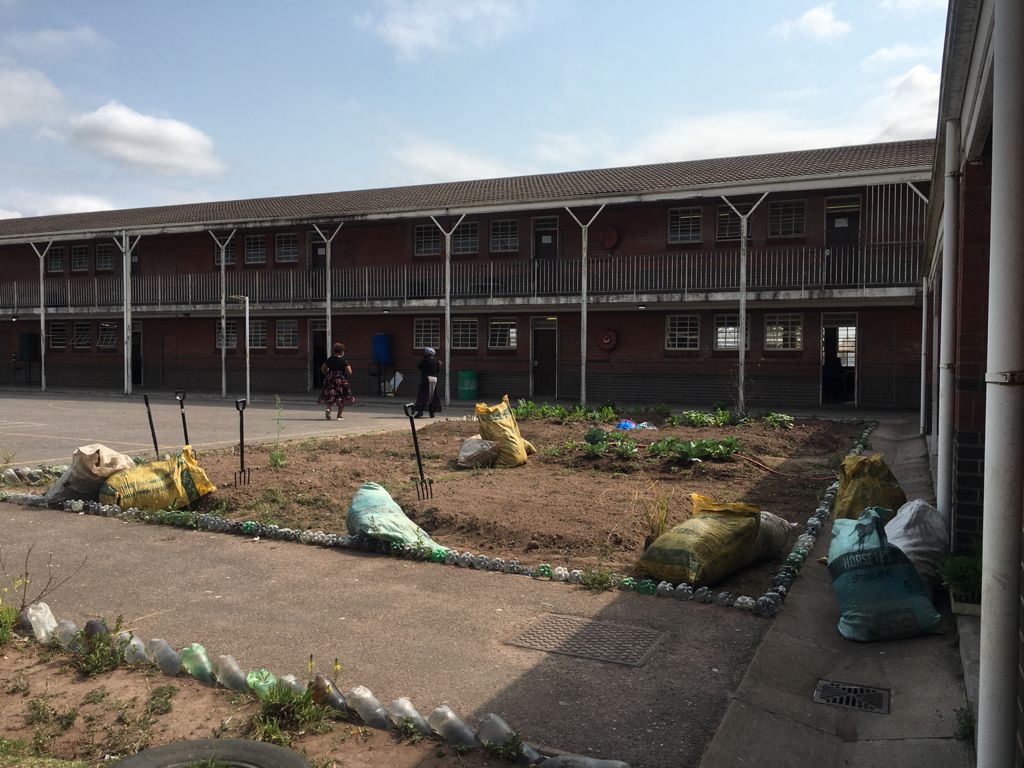
There are 5 main ingredients to our gardens:
Comfrey, mulch, nasturtiums, seedlings, and sunflowers.
At The Permaculture Project, we believe that this is a plant that everyone should have in their backyard. This is somewhat of a miracle plant as it has many benefits for both people and the planet. It is a dynamic accumulator, which means the tap root goes down as far as 4-5m deep. It collects minerals and micronutrients from the ground and sends them up to the leaves. Comfrey is high in nitrogen, potassium, and phosphorus. Other nutrients we get from comfrey are calcium, iron, magnesium, and silicon.
Some key benefits:
- High protein content.
- It is a compost accelerator.
- Has a high mineral content.
- Their leaves can be used to create a powerful liquid fertilizer, which is good for seedling growth.
- It is also known as knit bone. This is because it has medicinal value as an anti-inflammatory. It helps with rashes, bug bites, sprains, bruises, swelling, and burns. (We make our salve)
- Comfrey is also a fast grower which will create lots of valuable mulch. Just chop and drop your leaves around your garden. As they dry, the nutrients will be released to the surrounding plants and what is left will turn into soil.
- Its spiky leaves deter pests like mice, rats, and monkeys.
- The flowers attract pollinators like bees, ladybirds, and butterflies.
- Good supplement fodder for rabbits and chickens.
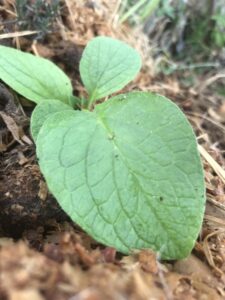
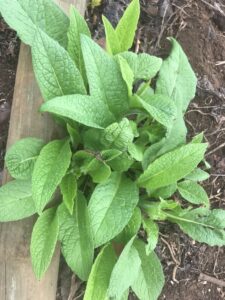
Mulch mulch mulch mulch mulch.
If you learn only one thing from us please learn this one.
90% of all beginner gardener problems can be solved with mulch. A happy garden means happy soil. Happy soil is soil that is protected from the sun. Having a layer of organic material covering your soil repels the sun. This helps your soil with water retention and it helps with life. Creatures and critters that live in the soil and provide our plants with all the nutrients they require have chosen to live under the soil and away from the light. To help them thrive all we need is to cover our soil.
Covering soil with organic materials like hay. Wood chippings , grass or leaves provides living spaces for even more life. As the ecosystem grows it will be more likely to become balanced and once we have a balanced ecosystem we can’t say goodbye to pest problems.
Mulch provides a home for beneficial insects , provides much needed cover for our soil and provides the materials that will in time be turned into even more soil.
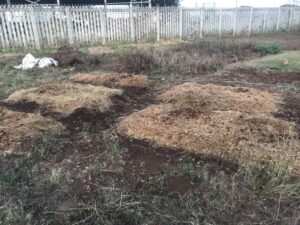
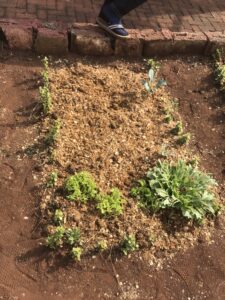
Nasturtium grows wild in many natural environments. It’s an amazing cover crop, cover crops are great at protecting the soil from the sun. The entire plant , leaves flowers and seeds are edible. Nasturtiums are highly nutritious so much so that most pests that are used to eating your spinach or cabbage would actually prefer to eat nasturtiums. We like to call them trap plants. Nasturtiums don’t take a lot of nutrient from the soil but what they add to the soil is incredible. They are also beautiful and can be great plants to beautify an area.
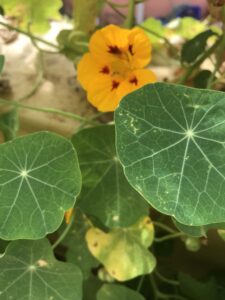
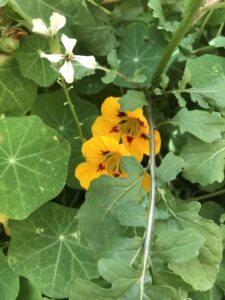
Sunflowers stand tall in the garden. They can grow up to 4m tall in just over 3 months. This makes them one of the fastest growing plants.
This rapid growth does amazing things for the soil. As the plant grows and photosynthesises it is injecting tons of valuable sugars into the soil. This sugar is the fuel that drives life in the soil. The more life you have in the soil the more aerated it becomes and rich in nutrients.
Because plants are a mirror image above and below the soil what lies ontop of the soil is the plant body which can be used as valuable mulch and composting materials. But even more exciting is what lies underneath the soil. Literally kilograms root material. Roots are made up of 90% carbon that has been brought down from the atmosphere. When we harvest our sunflower and process the plant body, this carbon based root material then gets released to the organisms in the soil who eat it up and poop it out locking that carbon in the soil.
Sunflowers also have the ability to create over 1000 individual flowers inside their flower. Each of these flowers sweet nectar for bees to feed from. A bee not only can see a sunflower from miles away but it can spend prolonged periods indulging on each flower. Not only bees but all pollinators can benefit from sunflowers.
